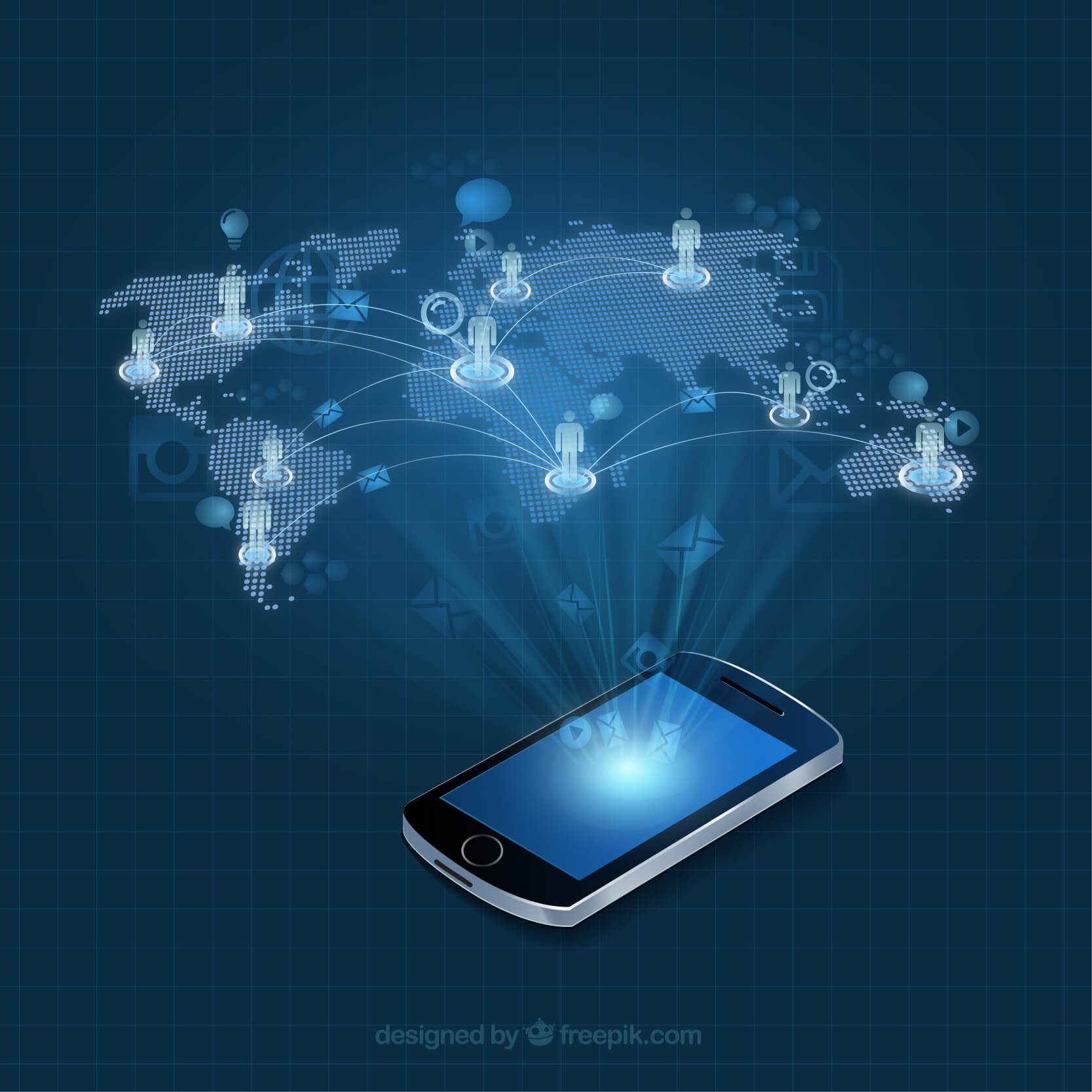The Evolution of Mobile Technology: From 1G to 5G and the Race for Faster Speeds
Mobile technology has transformed the way we communicate, work, and live. From bulky, limited mobile phones in the 1980s to today’s lightning-fast 5G networks powering smart cities and the Internet of Things (IoT), each generation of mobile networks has brought significant improvements—especially in data speeds. Understanding the evolution of mobile generations (1G, 2G, 3G, 4G, and 5G) helps us appreciate how far mobile communication has come and what the future holds.
A Brief History of Mobile Generations
1G: The Dawn of Mobile Telephony
The first generation (1G) of mobile technology appeared in the early 1980s. It was an analog network primarily designed for voice calls. Devices were large and power-hungry, with limited coverage and security. 1G networks supported basic voice communication but offered no data services. Typical speeds were around 2.4 kbps (kilobits per second), just enough for analog voice transmission.
2G: Enter Digital Communication
Introduced in the early 1990s, 2G was a leap forward, switching from analog to digital signals. This change improved call quality, security, and battery life. More importantly, 2G networks introduced basic data services like SMS text messaging and limited internet access through technologies like GPRS and EDGE.
Speed-wise, 2G offered around 64 kbps to 144 kbps, enabling the first mobile internet experiences. This generation marked the beginning of mobile data but was still too slow for rich multimedia content.
3G: The Mobile Internet Revolution
3G networks arrived in the early 2000s with a focus on higher data rates and improved internet access. This generation supported video calling, mobile TV, and faster web browsing. It introduced standards like UMTS and CDMA2000.
The typical speed of 3G networks ranged from 200 kbps to several Mbps (megabits per second), depending on the technology and network conditions. This speed increase enabled smartphones to thrive and opened the door for mobile apps and streaming.
4G: Broadband on the Go
Launched around 2010, 4G networks revolutionized mobile broadband. Using technologies like LTE (Long-Term Evolution), 4G delivered speeds comparable to home broadband connections, supporting HD video streaming, online gaming, and seamless video conferencing.
4G networks typically provide speeds between 20 Mbps and 100 Mbps, with peak speeds exceeding 1 Gbps in ideal conditions. The high speeds and low latency transformed mobile devices into powerful multimedia hubs.
5G: The Future Is Here
The fifth generation (5G) is the latest evolution, currently being rolled out globally. 5G promises ultra-fast speeds, minimal latency, and the capacity to connect billions of devices simultaneously—key for smart cities, autonomous vehicles, and the IoT.
5G networks offer speeds up to 10 Gbps—up to 100 times faster than 4G—and latency as low as 1 millisecond. This leap enables real-time applications, such as remote surgery, augmented reality (AR), and high-definition live streaming.
Speed Advancements: The Driving Force Behind Mobile Generations
| Generation | Era | Technology Type | Typical Max Speed | Key Features |
|---|---|---|---|---|
| 1G | 1980s | Analog | ~2.4 kbps | Voice calls only |
| 2G | 1990s | Digital (GSM, CDMA) | 64-144 kbps | SMS, basic data |
| 3G | 2000s | Digital (UMTS, CDMA2000) | 200 kbps – several Mbps | Mobile internet, video calls |
| 4G | 2010s | Digital (LTE) | 20-100 Mbps (up to 1 Gbps) | HD streaming, gaming, apps |
| 5G | 2020s | Digital (NR – New Radio) | Up to 10 Gbps | IoT, AR/VR, autonomous tech |
How Mobile Technology Changed Our World
Each generation not only increased data speeds but also expanded what mobile devices could do. From voice-only phones to smartphones streaming ultra-high-definition video, mobile networks have driven innovation across industries:
- Healthcare: Telemedicine and real-time monitoring.
- Transportation: GPS navigation and autonomous vehicles.
- Entertainment: Mobile gaming, streaming, and AR/VR experiences.
- Industry: Smart factories and IoT-enabled logistics.
Conclusion: Looking Ahead to a Connected Future
The journey from 1G to 5G is a story of relentless innovation, driven by the demand for faster, more reliable mobile communication. With 5G’s promise of ultra-high speeds and low latency, the future will bring unprecedented connectivity, enabling technologies that only existed in science fiction.
As students, tech enthusiasts, and general readers, understanding this evolution helps us appreciate the technology we use daily—and get excited about what’s coming next.

